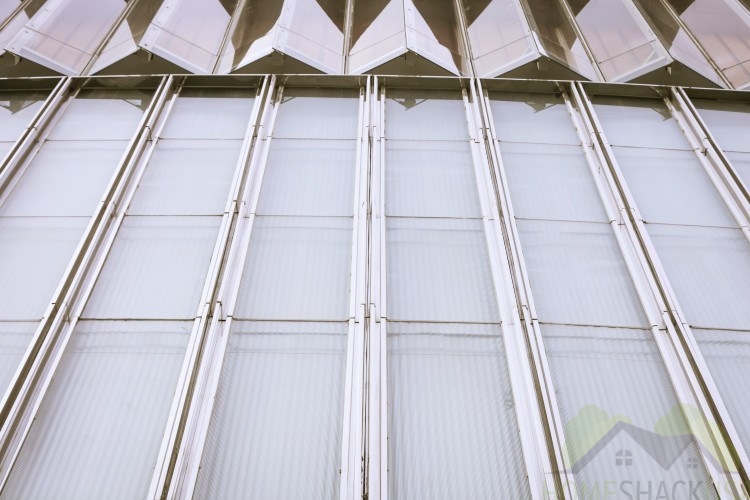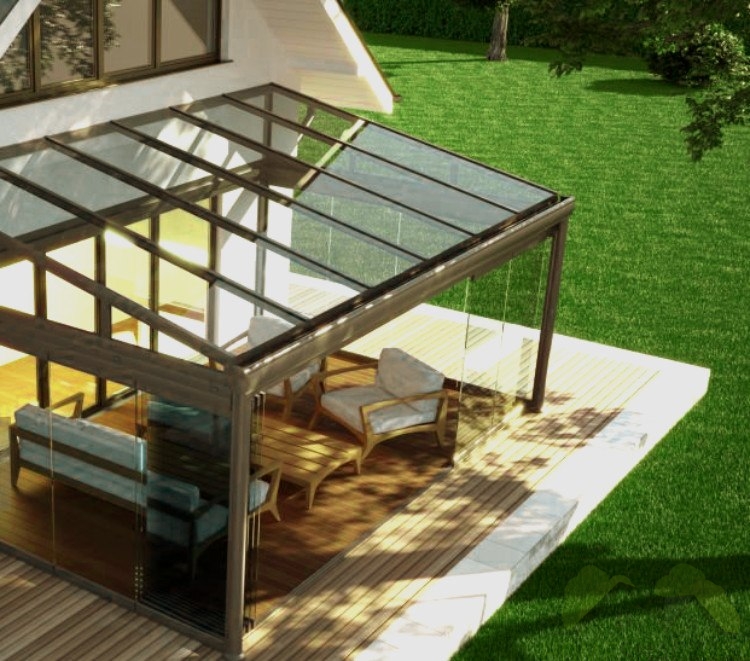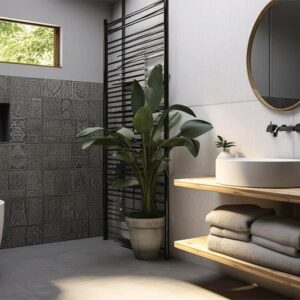Glass roofs are a popular design feature for modern homes, providing an abundance of natural light and a unique aesthetic appeal. However, like any home improvement project, there are pros and cons to consider before installing a glass roof.
In this article, we will explore the advantages and disadvantages of glass roofs to help you make an informed decision.
What is a glass roof
A glass roof is a roofing system that uses glass panels or tiles to provide natural light and a unique design element to a home. Glass roofs can be installed in a variety of shapes and sizes, including flat, sloping, or curved designs.
They can be made from a variety of glass types, such as tempered, laminated, or insulated glass, depending on the desired level of insulation and energy efficiency.
They can be installed on new houses but also if you want to redesign and reconstruct your old home.
Advantages of the glass roofs
In general, glass roofs have dozens of advantages and one of them could be more important for you than another. However, some of the most important are:
Letting in natural light
One of the main benefits of having a glass roof is the abundance of natural light it provides. This can reduce the need for artificial lighting during the day, resulting in lower energy bills and a more sustainable home.
Energy efficiency
Glass roofs can also be designed to be highly energy efficient, using insulated glass panels or coatings to reduce heat transfer and improve thermal performance.
Better Aesthetics
Glass roofs can add a modern and stylish element to your home, creating a unique and visually appealing design feature. They can also provide unobstructed views of the sky and surrounding landscape.
They seriously increase the property’s value
Installing a glass roof can increase the value of the property by enhancing its curb appeal and creating a unique selling point that sets it apart from other homes on the market.
Disadvantages of glass roofs
Like every other decision, the choice to install a glass roof on your house has some downsides to consider:
Higher maintenance
Glass roofs require regular maintenance to keep them clean and free of debris. Depending on the location of the home, this may involve cleaning the glass panels several times a year to prevent the buildup of dirt and grime.
More difficult temperature control
Glass roofs can also make it more difficult to regulate the temperature inside a home, as they can allow heat to escape in the winter and trap heat in the summer. This can result in higher heating and cooling costs.
Privacy concerns
Glass roofs can also compromise privacy, as they allow people to see into the home from above. This may be a concern for homeowners who value their privacy and security.
On the other hand, if you live in a sparsely populated forested area, you will probably ignore this issue.
Risk of damages
Glass roofs are more susceptible to damage from extreme weather conditions, such as hail or heavy snowfall. This can lead to expensive repairs or replacement costs.
Four factors to consider before installing a glass roof
If you are considering installing a glass roof on your home, there are several factors to take into account includeing:
Your location
The climate and weather patterns in your area can impact the performance and longevity of a glass roof. For example, homes in areas with heavy snowfall may require a steeper slope to prevent snow buildup and potential damage.
Structural support
Glass roofs are heavier than traditional roofing materials, so it is important to ensure that your home’s structural support can handle the additional weight.
Glazing options
The type of glass used in a glass roof can impact its performance and energy efficiency. Options include tempered glass, laminated glass, and insulated glass, each with their own benefits and drawbacks.
Installation and maintenance costs
The cost of installing a glass roof can vary depending on the size and complexity of the design, as well as the type of glass used.
It is also important to consider the ongoing maintenance costs, such as cleaning and repairs, when budgeting for a glass roof.
Can a glass roof be tinted for privacy
Yes, glass roofs can be tinted to provide additional privacy and reduce glare. Tinted glass can also help improve energy efficiency by reducing heat transfer.
How often does a glass roof need to be cleaned
The frequency of glass roof cleaning will depend on the location and surrounding environment. In general, glass roofs should be cleaned several times a year to prevent the buildup of dirt and debris.
How long do glass roofs last
The lifespan of a glass roof will depend on several factors, such as the quality of the glass, the installation method, and the maintenance routine. With proper care and maintenance, a glass roof can last for several decades.





